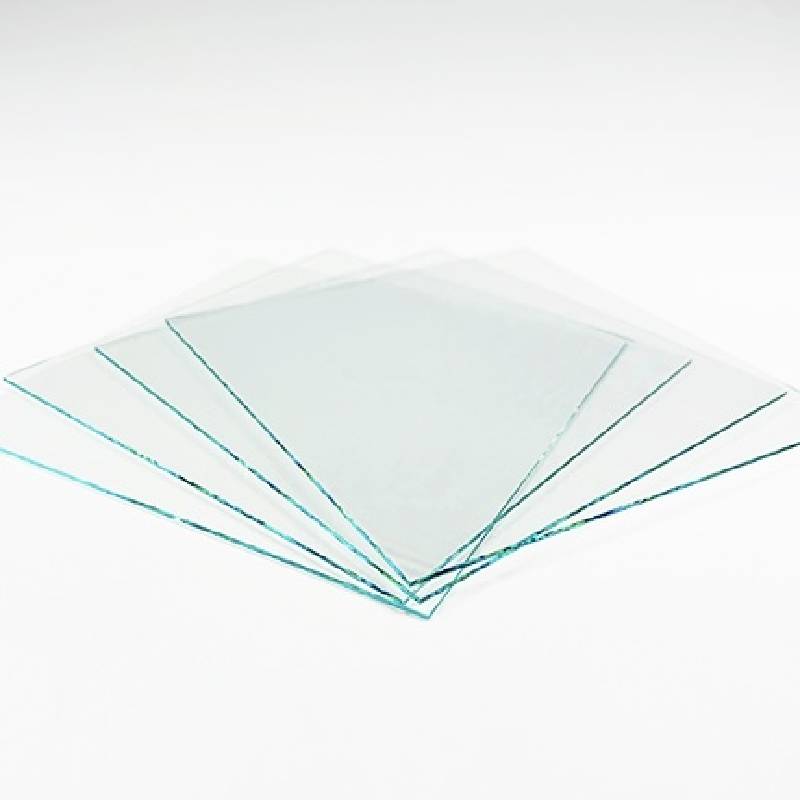

The Importance of Low-E Glass in Modern Architecture
In the realm of modern architecture, the integration of energy-efficient materials has become a focal point for both builders and consumers. One such material that has gained significant attention is low-emissivity (Low-E) glass. This innovative glass technology is designed to improve thermal performance in buildings, thereby enhancing energy efficiency and overall comfort for occupants.
The Importance of Low-E Glass in Modern Architecture
One of the primary advantages of Low-E glass is its ability to minimize energy costs. Buildings equipped with Low-E windows can experience significant reductions in heating and cooling expenses. For example, in colder climates, Low-E glass can help retain heat indoors during the winter months. Conversely, in warmer climates, it can reflect unwanted solar heat, keeping interiors cooler. This dual functionality not only improves comfort but also contributes to lower utility bills, making it a smart investment for property owners.

In addition to energy savings, Low-E glass also plays a vital role in creating a more sustainable environment. With increasing concerns about climate change and resource depletion, the demand for energy-efficient building materials has surged. By utilizing Low-E glass, architects and builders can significantly reduce a building's carbon footprint. The reduced energy consumption leads to lower greenhouse gas emissions, promoting a healthier planet.
Low-E glass also enhances the aesthetics of buildings. The ability to let in natural light while minimizing glare and heat gain means that spaces can be brightened up without compromising comfort. This natural lighting can contribute to the well-being of occupants, improving mood and productivity. Furthermore, Low-E glass offers various styles and finishes, allowing architects to maintain their design integrity while implementing energy-efficient solutions.
In conclusion, the adoption of Low-E glass technology is a crucial step toward achieving greater energy efficiency and sustainability in modern architecture. By providing better thermal insulation and reducing energy costs, Low-E glass serves as a valuable solution for homeowners and builders alike. As the architectural landscape continues to evolve, incorporating innovative materials like Low-E glass will be essential to meet the demands of an environmentally conscious society. Investing in Low-E glass is not just an aesthetic choice; it is a commitment to sustainability, energy conservation, and the creation of comfortable living and working spaces.